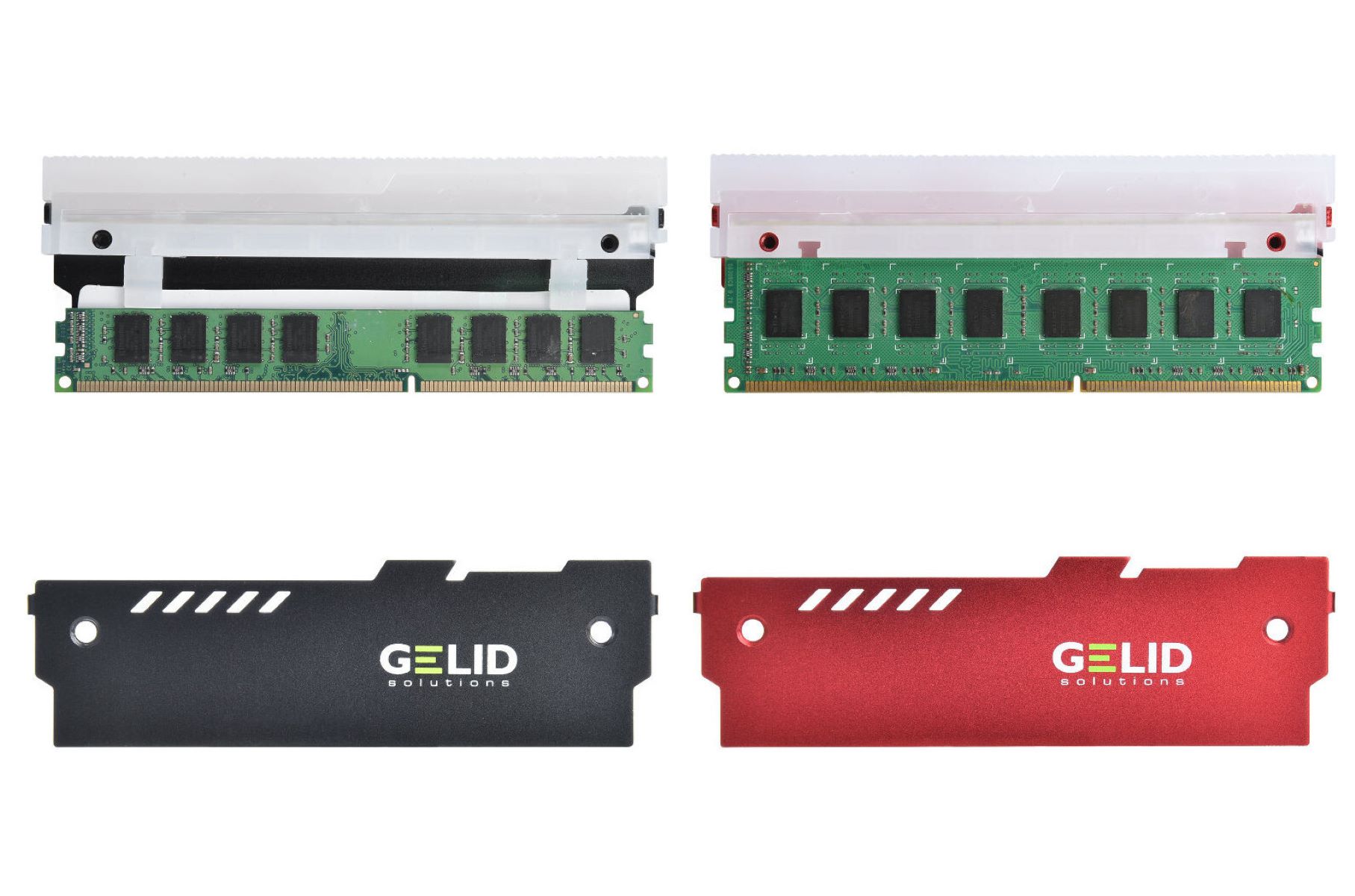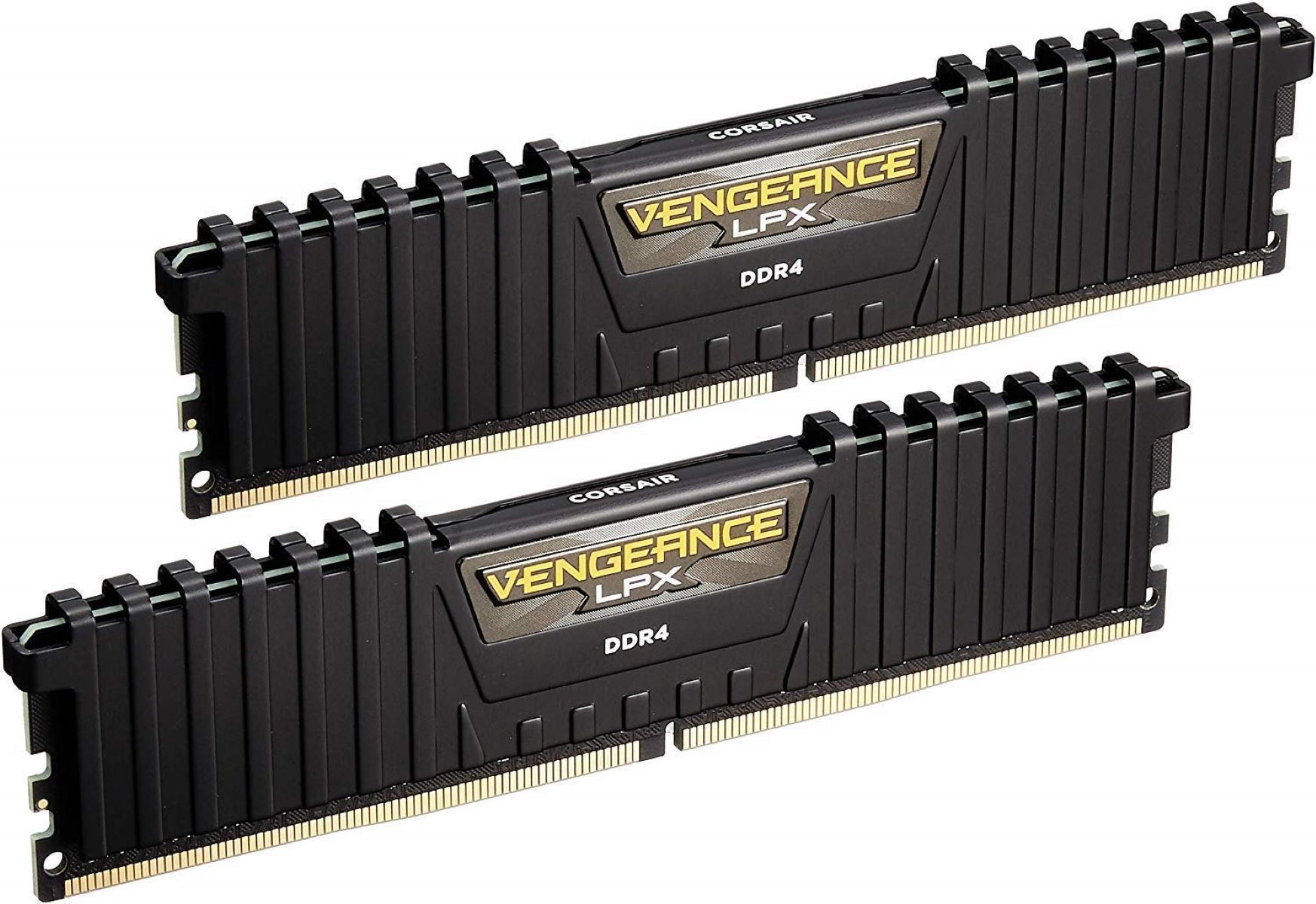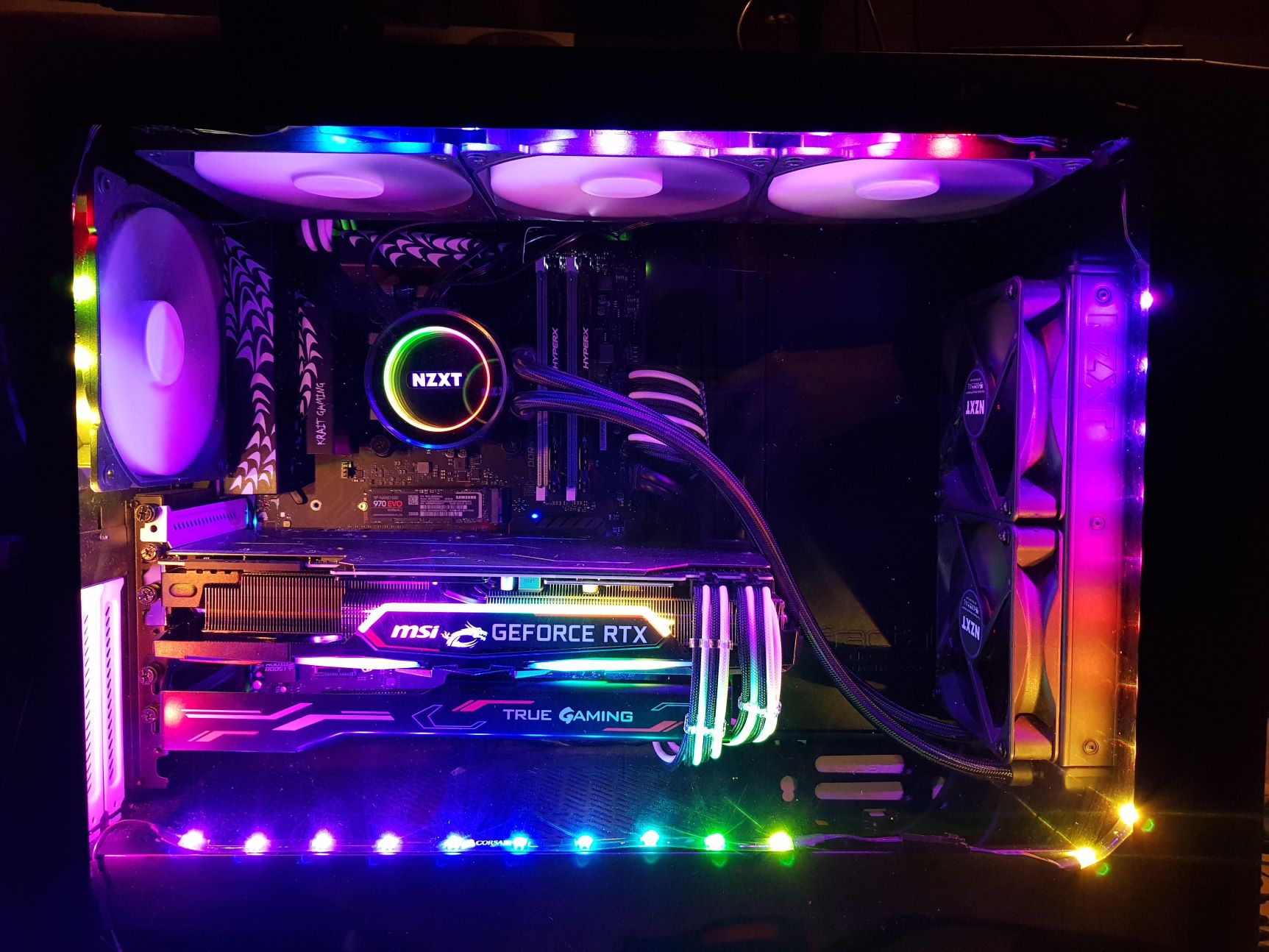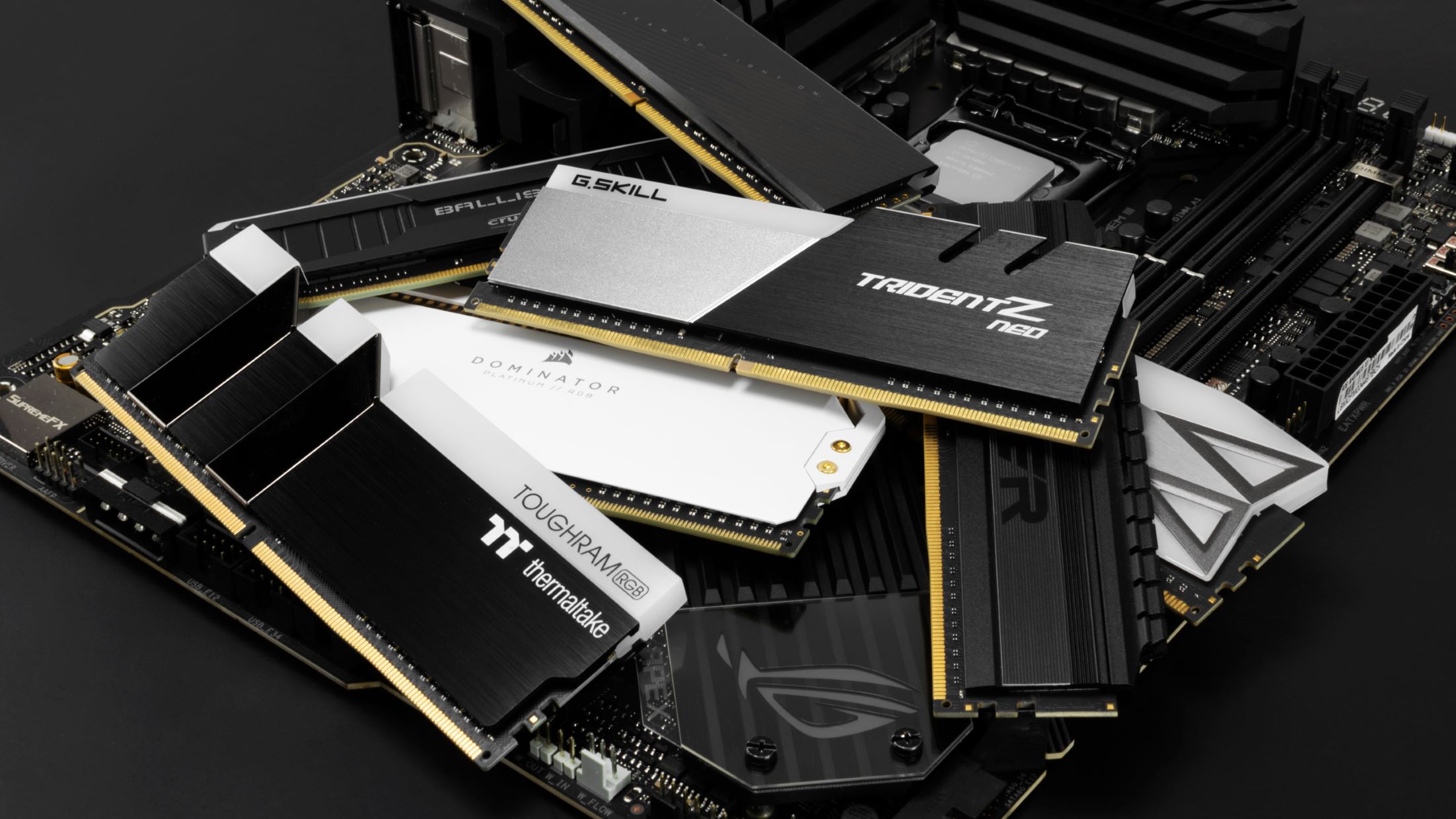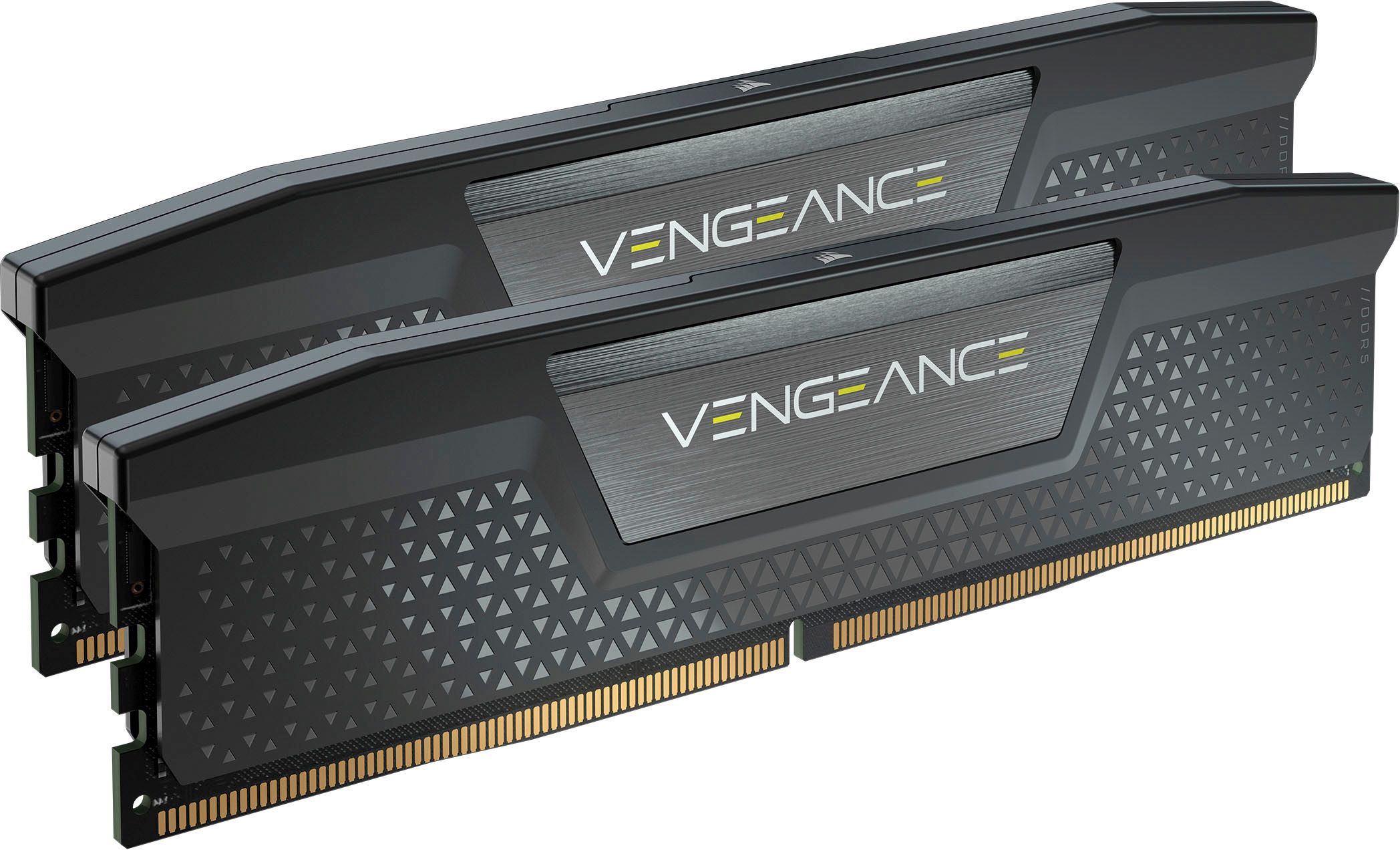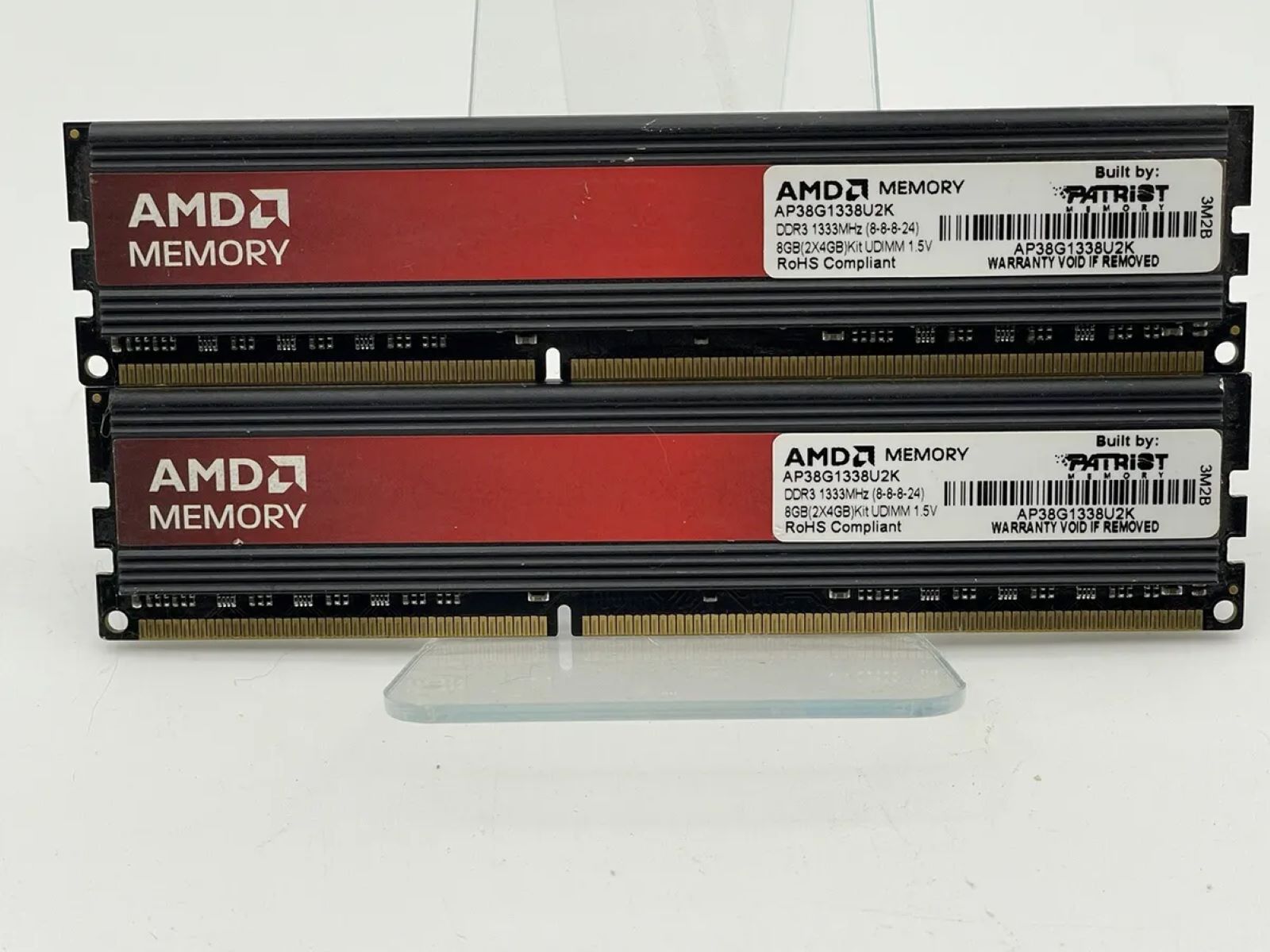Overview
A heat spreader for RAM is an essential component that helps to dissipate heat generated by the RAM modules, ensuring optimal performance and longevity. RAM, or Random Access Memory, is responsible for storing and quickly accessing data that is actively being used by the computer’s operating system and applications. As RAM is continuously utilized, it tends to generate heat, which can negatively impact its performance and accelerate its aging process.
The heat spreader serves as a specialized heat sink attached to the surface of the RAM module, actively absorbing and dispersing the excess heat. By spreading the heat evenly across its surface area, the heat spreader helps to prevent hot spots and ensures a more efficient cooling process.
The primary purpose of a heat spreader for RAM is to maintain the temperature within an acceptable range, avoiding potential thermal throttling and system instability. Overheating can lead to decreased performance, system crashes, and even permanent damage to the RAM modules.
Heat spreaders are particularly beneficial for users who engage in resource-intensive tasks, such as gaming, video editing, and 3D rendering, as these activities tend to put a heavy load on the RAM. However, even for casual users, a heat spreader can help prolong the lifespan of the RAM modules and ensure consistent performance.
In the next sections, we will delve deeper into how a heat spreader works, the benefits it offers, the different types available, as well as the installation and removal process.
What Is a Heat Spreader for RAM?
A heat spreader for RAM, also known as a heat sink or heat dissipation module, is a component designed to manage the heat produced by the RAM modules. RAM, or Random Access Memory, is an integral part of any computer system as it stores the data that the CPU frequently accesses. However, the process of constantly reading from and writing to the RAM generates heat, which can affect its performance and overall system stability.
A heat spreader acts as a passive cooling solution that attaches to the surface of the RAM module. Its main function is to absorb the heat generated by the RAM and transfer it away from the modules, dissipating it into the surrounding environment. This helps to maintain the temperature at a safe and optimal level, preventing the RAM from overheating.
Heat spreaders are typically made from materials with excellent thermal conductivity, such as aluminum or copper. These materials have the ability to quickly absorb heat and spread it out over a larger surface area, allowing for effective heat dissipation. Some heat spreaders feature fins or ridges, which further enhance their cooling capability by increasing the surface area for heat transfer.
In addition to dissipating heat, heat spreaders also serve to protect the RAM modules from physical damage. They act as a protective shield, preventing accidental contact or impact that could potentially harm the delicate components of the RAM. Furthermore, heat spreaders can enhance the visual appeal of the RAM modules, as they often come in various colors and designs, adding a touch of style to the overall system aesthetics.
Overall, a heat spreader for RAM plays a crucial role in maintaining the performance and longevity of the RAM modules. By effectively managing and dissipating heat, it ensures that the RAM operates within its optimal temperature range, minimizing the risk of thermal throttling and potential system instabilities.
How Does a Heat Spreader Work?
A heat spreader for RAM works by utilizing its design and material properties to effectively dissipate heat and maintain optimal temperatures. The main goal is to prevent overheating, which can lead to performance degradation and potential hardware failures.
When the RAM modules generate heat, the heat spreader absorbs the thermal energy through direct contact. The heat spreader is made of materials with high thermal conductivity, such as aluminum or copper, which allows for efficient heat transfer. These materials quickly absorb the heat and distribute it across their surface area.
Once the heat is absorbed by the heat spreader, it then spreads the heat across its wider surface area. This process helps to evenly distribute the heat and prevent any localized hotspots on the RAM modules. The heat spreader’s design may include fins or ridges, which further increase the surface area and enhance the cooling capacity.
As the heat spreader disperses the heat, it relies on passive cooling methods to dissipate it into the surrounding environment. The larger surface area of the heat spreader enables better airflow, allowing for more efficient heat dissipation. The airflow created by the system’s cooling fans or natural convection helps to remove the heat from the heat spreader, effectively cooling down the RAM modules.
In some cases, heat spreaders can also be enhanced with additional cooling methods, such as heat pipes or a liquid cooling system. These mechanisms further improve heat transfer and ensure maximum cooling efficiency for high-performance systems.
In summary, a heat spreader for RAM works by absorbing the heat generated by the RAM modules and spreading it over a larger surface area. The materials and design of the heat spreader allow for effective heat transfer and dissipation. By preventing localized hotspots and maintaining optimal temperatures, the heat spreader ensures stable performance and prolongs the lifespan of the RAM modules.
Benefits of Using a Heat Spreader for RAM
Using a heat spreader for RAM provides several important benefits that contribute to improved system performance and longevity. Let’s explore some of the key advantages:
- Enhanced Heat Dissipation: The primary benefit of a heat spreader is its ability to efficiently dissipate heat generated by the RAM modules. By spreading the heat over a larger surface area, the heat spreader prevents hotspots and maintains optimal operating temperatures. This helps to prevent thermal throttling and ensures consistent and reliable performance.
- Improved System Stability: Overheating can lead to system instability, crashes, and data loss. By keeping the RAM modules cool, a heat spreader helps to maintain system stability, especially during demanding tasks such as gaming or running resource-intensive applications. It provides peace of mind knowing that the RAM is operating within its recommended temperature range.
- Longevity of RAM Modules: Excessive heat can significantly reduce the lifespan of RAM modules. By effectively managing heat, a heat spreader helps to prolong the life of RAM, ensuring that it continues to function optimally for longer durations. This translates to cost savings as you won’t need to replace or upgrade your RAM modules as frequently.
- Enhanced Overclocking Potential: Overclocking refers to pushing the RAM beyond its default speed settings to achieve higher performance. However, increased speed can generate more heat. With a heat spreader, the heat dissipation capabilities are improved, allowing for better heat management during overclocking. This enables users to achieve higher clock speeds while maintaining stability.
- Physical Protection: In addition to its cooling properties, a heat spreader serves as a protective shield for the delicate components of the RAM modules. It helps to safeguard the modules from accidental contact, impact, or environmental debris. This added layer of protection can be especially beneficial during transportation or when dealing with parts in a crowded computer case.
In summary, using a heat spreader for RAM offers numerous benefits, including enhanced heat dissipation, improved system stability, prolonged RAM lifespan, increased overclocking potential, and physical protection. It is a worthwhile investment for anyone looking to optimize their system’s performance and protect their valuable RAM modules.
Different Types of Heat Spreaders
Heat spreaders for RAM come in various types, each offering unique characteristics and advantages. Let’s explore some of the most common types:
- Aluminum Heat Spreaders: Aluminum heat spreaders are lightweight and cost-effective. They offer good thermal conductivity and are commonly used in entry-level and mid-range RAM modules. Aluminum heat spreaders are known for their durability and ability to efficiently dissipate heat, making them a popular choice among users.
- Copper Heat Spreaders: Copper is one of the most effective materials for heat spreaders due to its excellent thermal conductivity. Copper heat spreaders can more efficiently transfer heat away from the RAM modules, resulting in better cooling performance. However, copper heat spreaders are often more expensive than aluminum ones.
- Combination Heat Spreaders: Some heat spreaders combine both copper and aluminum materials to take advantage of their respective benefits. These combination heat spreaders often have a copper base for efficient heat transfer and an aluminum upper portion for lightweight and cost savings. This design provides a balance between performance and affordability.
- Active Heat Spreaders: Unlike passive heat spreaders that rely on airflow for heat dissipation, active heat spreaders utilize built-in fans or small cooling systems for enhanced cooling. These heat spreaders are particularly useful if you have a high-performance system that generates a significant amount of heat. Active heat spreaders can provide better cooling capability and help maintain lower temperatures for improved system stability.
- Custom Designed Heat Spreaders: Custom-designed heat spreaders are often found in high-end RAM modules or enthusiast-grade components. These heat spreaders feature unique designs, often with intricate patterns or branding elements, to enhance the overall aesthetics of the RAM modules. While they may not necessarily provide a significant performance advantage, they can add a touch of personalization to your system.
When choosing a heat spreader for your RAM modules, consider factors such as your budget, the level of performance you require, and the overall aesthetic appeal you desire for your system. Ultimately, selecting the right type of heat spreader can ensure efficient heat dissipation and contribute to the overall reliability and longevity of your RAM modules.
Installing and Removing a Heat Spreader
Installing a heat spreader onto your RAM modules is a straightforward process that requires minimal tools and effort. Here are the general steps to install and remove a heat spreader:
- Installing a Heat Spreader:
- Ensure that your computer is powered off and unplugged to avoid any electrical accidents.
- Locate the RAM slots on your motherboard and check the compatibility of the heat spreader with your specific RAM modules.
- Handle the heat spreader with care to avoid bending or damaging it.
- Gently align the heat spreader’s cutouts with the notches on the RAM modules.
- Apply even pressure on both sides of the heat spreader and firmly press it down onto the RAM modules until it sits snugly in place.
- Double-check that the heat spreader is securely attached and there is no loose movement.
- Power on your computer and ensure that the heat spreader is properly functioning.
- Removing a Heat Spreader:
- Power off your computer and unplug it for safety.
- Gently lift the heat spreader using an even amount of force on both sides.
- Be cautious not to bend or damage the heat spreader or the RAM modules during the removal process.
- Inspect the RAM modules for any signs of damage or dust accumulation.
- If you intend to reapply the heat spreader or replace it with another one, ensure that the RAM modules are clean and free from debris.
- If you no longer plan to use a heat spreader, make sure to store it in a safe place for future use or proper disposal according to environmental regulations.
- Once you have completed the heat spreader removal, you can power your computer back on and continue using it as usual.
It is important to note that installing or removing a heat spreader may require specific instructions provided by the manufacturer. Always refer to the user manual or documentation that comes with your RAM modules to ensure you follow the appropriate procedure. Additionally, exercise caution to avoid static discharge by touching a grounded object or using an anti-static wristband before handling any computer components.
Does Every RAM Module Need a Heat Spreader?
While heat spreaders can provide significant benefits in terms of heat dissipation and RAM module protection, it is not always necessary for every RAM module to have a heat spreader. The need for a heat spreader depends on several factors:
- Usage and Workload: If you primarily use your computer for basic tasks such as web browsing, word processing, or email, the heat generated by the RAM modules is likely to be minimal. In such cases, a heat spreader may not be necessary as the RAM will not generate enough heat to pose a significant risk to its operation.
- System Configuration: Smaller form factor systems with limited space may not be able to accommodate heat spreaders due to size constraints. In these cases, the RAM modules are typically designed and tested to function reliably without a heat spreader.
- Overclocking and High-Performance Systems: If you engage in tasks like gaming, content creation, or overclocking, your RAM modules are likely to be under a heavier workload and generate more heat. In such scenarios, a heat spreader can be beneficial in maintaining optimal operating temperatures and ensuring stability during demanding operations.
- Room Temperature and Airflow: The ambient temperature of your computer’s environment and the airflow within the system can also impact the need for a heat spreader. In a well-ventilated system with adequate airflow, the heat generated by the RAM modules can disperse naturally, potentially reducing the need for a heat spreader.
- Esthetics and Personal Preference: Some users value the visual appeal of a heat spreader as it can enhance the overall aesthetics of the RAM modules and the system as a whole. If aesthetics play a significant role in your system design, you may choose to use a heat spreader even if the functional need is minimal.
Ultimately, whether or not your RAM module needs a heat spreader depends on your specific use case and system configuration. If you engage in resource-intensive tasks, have limited airflow, or want to prioritize system stability and longevity, investing in RAM modules with heat spreaders or adding them separately can provide valuable benefits. However, for basic usage in well-cooled systems, a heat spreader may not be necessary.
Conclusion
A heat spreader for RAM plays a crucial role in managing heat and ensuring optimal performance and longevity for RAM modules. By actively dissipating heat and preventing overheating, heat spreaders help maintain system stability, reduce the risk of thermal throttling, and prolong the lifespan of the RAM modules.
Heat spreaders are available in different types, including aluminum, copper, combination, active, and custom-designed options. Each type offers unique characteristics and advantages, allowing users to choose based on their specific needs, budget, and aesthetic preferences.
Installing and removing a heat spreader is a relatively simple process that requires minimal tools and effort. However, it is essential to follow manufacturer instructions and exercise caution to avoid damaging the RAM modules or other components during the installation or removal process.
While not every RAM module necessarily requires a heat spreader, it is beneficial for high-performance systems, overclocking enthusiasts, and users who engage in resource-intensive tasks. However, for basic usage in well-cooled systems, the functional need for a heat spreader may be minimal.
In summary, a heat spreader for RAM contributes to better heat management, system stability, and prolonged lifespan for RAM modules. Whether or not to use a heat spreader depends on individual usage requirements, system configuration, and personal preferences. Considering these factors will help users make informed decisions regarding the use of heat spreaders for their RAM modules.









